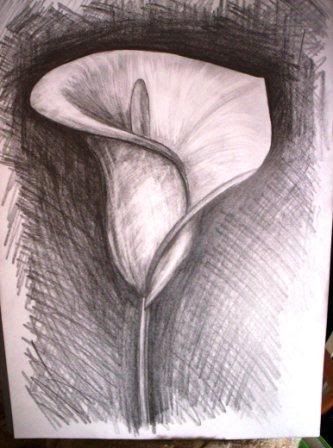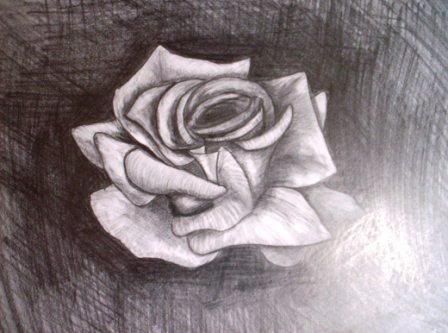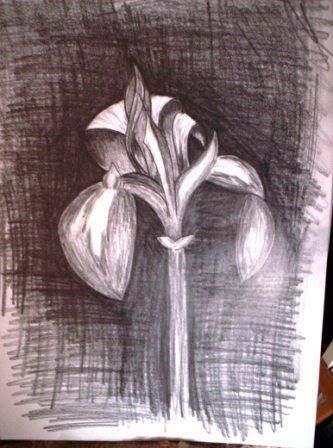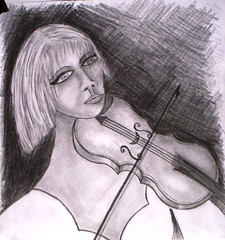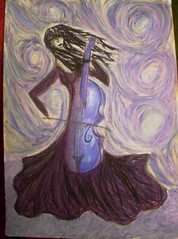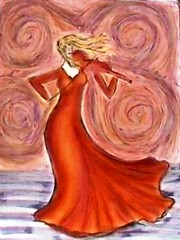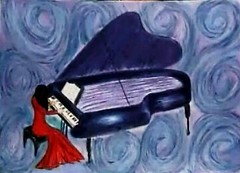The origins of the expressionist art movement are credited to the artists of Germany who worked between the world wars. Many of the soldiers who fought in the trenches of World Was I were artists, or were to become established as artists as the horrors of war sought an outlet form their memories.
These earliest of works showed contempt in equal measure for the butchery of human beings on the front lines and the bourgeois elite who sat at home patting themselves on the back for a job well done.
When the war was lost in 1918 the corrupt monarchy of Wilhelm II was overthrown and hope bloomed in the streets of Germany, and people breathed in the sweet scent of a new beginning with all its intoxicating promises. In this climate activist groups flourished, with calls for democracy and communism and right-wing regimes also filling the streets.
The artists of this time formed groups of their own and called on other artists to back the provisional government; the expressionists formed Arbeitsrat fur Kunst or the Workers Council for Art. They worked closely with the Novembergruppe who formed under the name and influence of the November Revolution which was a series of events culminating in the abdication of Kaiser Wilhelm II on 9th November 1918 and the establishment of a parliamentary republic. These groups call for all artists, sculptors, painters, architects, writers and composers to unite and build a new society.
Swift action was taken by the right-wingers to oppose them, the same people who would form the core of the Nazi regime, who had prominent socialist leaders arrested and murdered. They took a year planning a coup to capture Berlin’s governmental buildings. Ultimately this move failed when 12 million German workers held a general strike which drove the right-wings from power. It was at this time, however, that the National Socialist German Works Party was founded, one of the most active and strong-voiced members of this party was one Adolph Hitler.
During this era of the fascist climb to power the artists worked hard to disparage them and their principles, producing work which expressed the grim future and highlighted the need for change. Though some artists sought to escape the current political climate in their work, producing portraits, landscapes or religious works, all felt the oppression beginning to descend.
When the Nazis did come to power the artists lost any status they had as teachers or painters, were forbidden to exhibit or create, many went into exile as their contemporaries were arrested and killed. Thousands of artworks were removed from public view in the museums and galleries of Germany, then the Nazis turned the power that the artists had once wielded against them when the formed their own exhibit of these same artist’s works. This they called the Entartete Kunst: Degenerate Art. Within the exhibition they mocked the works by hanging the badly, at angles and decorating them perversely with Nazi banners and badges.
The artists themselves were, the Nazis proclaimed, madmen, Jews and Communists and morally deficient. They succeeded in creating the end of art in Germany only for as long as they were in power, for after the liberation of the country many of the artists, some of whom who had forged successful careers in other countries, returned and resumed their posts as teachers in the academies and art schools and continues to produce great works of art.
